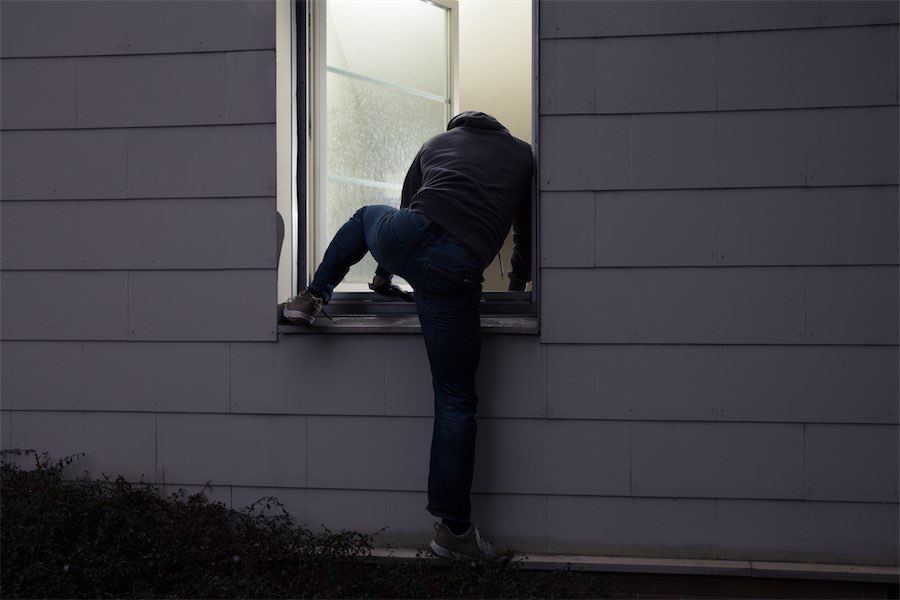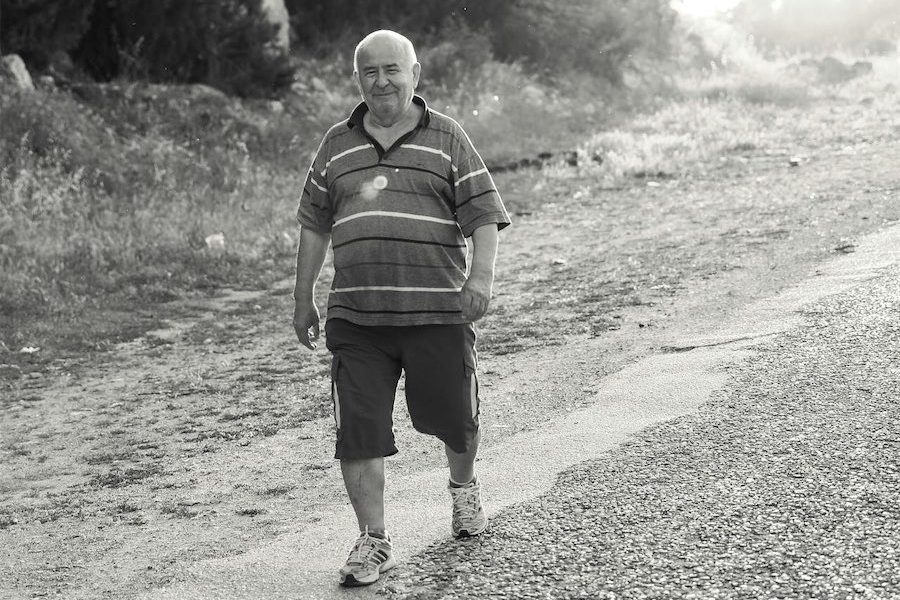
THREE times a week, pioneer mailman William “Billy” Roohan loaded up his horse and made the trek from Queanbeyan to Canberra and on to Goulburn, covering 560 kilometres, delivering mail and building up legendary status along the way.
This was the 1800s, before the advent of four-wheel-drives, roadside assistance and mobile phones.
Roohan’s life story reflects the character of pioneer Australia, it was not an era for the timid or weak, but a time when hard-working and humbled men such as Roohan thrived and conquered.
When Queanbeyan local Phil Hawke, a retired school teacher turned history buff, stumbled across Roohan’s story he was drawn to his stoic nature, dubbing him “Roohan the Remarkable”.
Hawke, who’s researched Roohan’s life, says he epitomises the untiring men of the bush, dogged, loyal and resourceful.

“He’s someone that captures the heart and imagination of a generation of Australians that we sometimes don’t know much about,” Hawke says.
“He certainly captured my attention… he was one resilient man.”
Even at the age of 70, Roohan would cover the epic trek with little rest. The mail route was from Queanbeyan to Canberra, then to Ginninderra, upper Gundaroo down to Lake George, via Geary’s Gap to Collector and on to Goulburn, to link with the Sydney mail service.
Delivering mail, initially by horseback then later with a horse and mail carriage, was not for the faint hearted.
Without a bridge across the Queanbeyan River, the mail still had to get through.
“The first bridge across the Queanbeyan River was open in 1858, so Roohan was crossing the river before that,” Hawke says.
In 1870, Lake George was full, so a track had to be cut along the side of the lake range.
“It became known as Billy Roohan’s track,” says Hawke.
“In wet weather new tracks had to be made every two or three days.”
Roohan, who couldn’t swim, was not put off by the flooding of the Queanbeyan River.
“He would send his horse with the mailbags into the raging river and would go across holding the horse’s tail,” chuckled Hawke.
While carrying mail on the Monaro, where he was blocked by snow, Roohan abandoned his horse and mail carriage, carrying the mailbags on his back and wading through miles of snow to deliver the mail.
“Another time Roohan and his buggy were swept down the river at Canberra and he narrowly escaped with his life,” Hawke added.
John Gale, founder of “The Queanbeyan Age”, politician and “Father of Canberra”, shared a close friendship with Roohan.
In Gale’s history book, “Canberra: history of and legends relating to the Federal Capital Territory of the Commonwealth of Australia”, published in 1927, Gale recalled a conversation he shared with his friend.
“I well remember an occasion when Billy, on a return trip from Gippsland, drew up at my door as we were at breakfast and cooee’d for someone to come out.
“I answered his cooee, and there, seated on the driver’s seat, was Billy minus one of his big boots…his horses were fagged and glad of this unexpected spell.”
Roohan explained “I must have fallen asleep and I found myself coming down the stringybark hill (about four miles out of Queanbeyan) being dragged along beneath the under-carriage of my coach with my foot fast, as you now see my boot.
“How far I had been dragged thus I don’t know, not far, or I should have been killed. Luckily, the boot was dragged off my foot and seizing the trailing reins I pulled up my horse and regained my seat with little more hurt than a severe shaking. I thought I would leave the boot where it is till I explained the lucky escape”.
Roohan lived alone, Hawke says, in a slab hut across from Gale’s residence “The Retreat” at 72 Lowe Street, Queanbeyan.
One evening after discovering Roohan was unwell, Gale tried to persuade Roohan not to do the mail run.
“Billy refused to let anyone else deliver the mail,” Hawke says.
“Apparently he said: ‘I am the Queen’s servant, I will do my best to the end’.”
With an iron constitution, Roohan carried on, saddling his horse he set off and completed the mail run.
But on his way back home to Queanbeyan, he never arrived.
“A search was called and his body was discovered near Roohan’s original mail route near Black Creek [the original road from Gundaroo to Queanbeyan],” says Hawke.
“The Queanbeyan Age” on April 11, 1874, reported his death and ran a tribute piece to the “Pioneer Mailman”.
The story read: “The government never had a more zealous indefatigable and faithful servant as a mail contractor.
“Possessed of a wiry constitution – though battered and bruised and crippled… no state of weather, roads or ill-health ever excused Roohan from fulfilling the arduous duties of his contract”.
“And that pretty much sums him up,” Hawke says.
Who can be trusted?
In a world of spin and confusion, there’s never been a more important time to support independent journalism in Canberra.
If you trust our work online and want to enforce the power of independent voices, I invite you to make a small contribution.
Every dollar of support is invested back into our journalism to help keep citynews.com.au strong and free.
Thank you,
Ian Meikle, editor





Leave a Reply